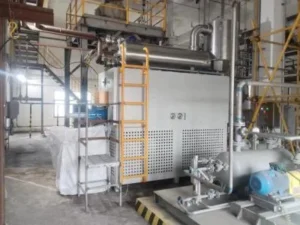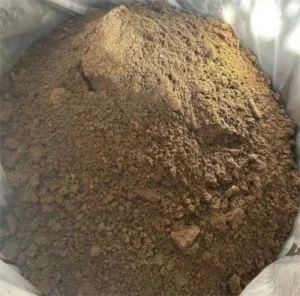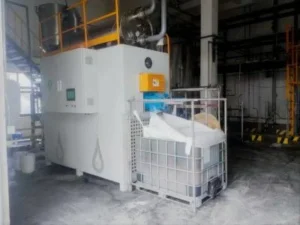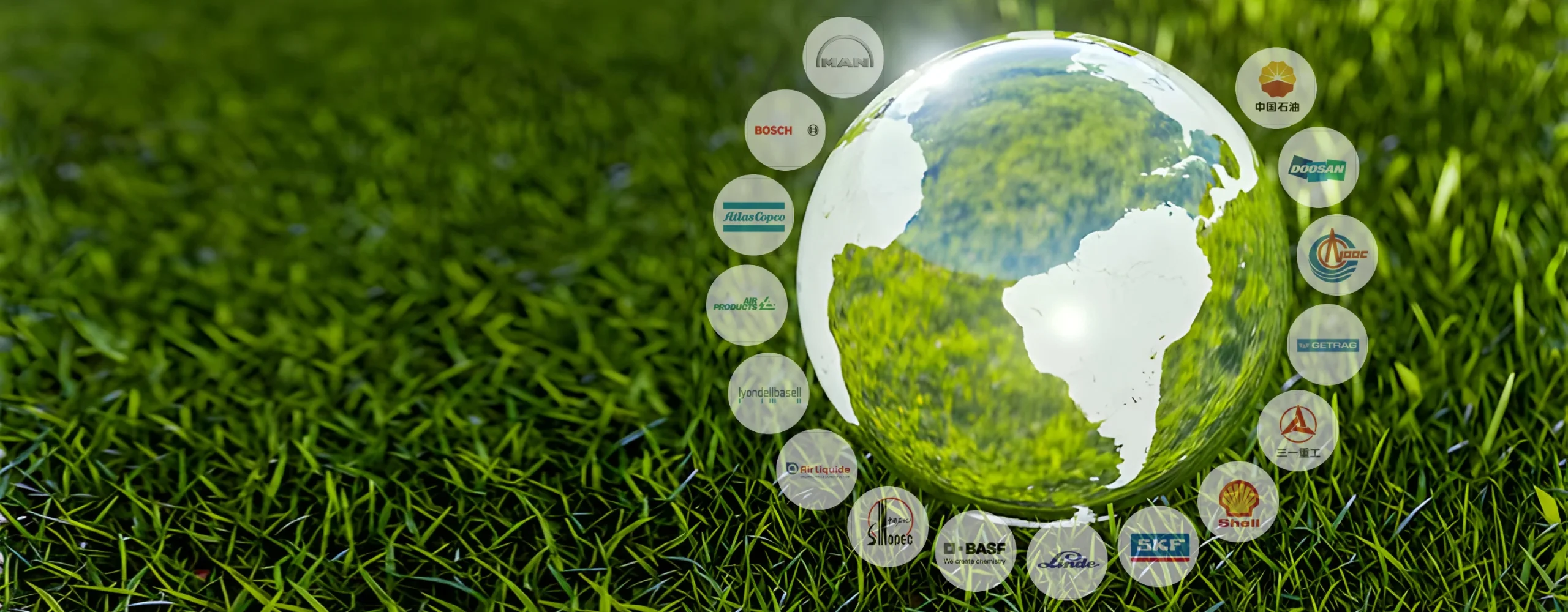Due to the current uneven distribution of coal resources and water resources, and the high water consumption of the coal chemical industry, the development of modern coal chemical industry must solve the problem of industrial water intake and water use. Modern coal chemical wastewater near-zero emission technology is the key to coordinating the contradiction between ecological environment and energy demand and solving the contradiction between coal and water resources. Next, through the case of a large coal chemical enterprise processing 15 tons of mixed salt mother liquor per day, we will introduce the typical process route of zero emission of coal chemical wastewater and the key process to help achieve “zero emission” of wastewater.
Details of wastewater from large coal chemical enterprises
The client is a state-owned super-large energy and chemical enterprise, which is currently the largest coal chemical project under construction in the world. The five major industrial directions of coal-to-fertilizer, coal coking, coal salt, coal-based methanol deep processing, and coal-to-oil that have been formed are the pioneers of my country’s realization of efficient transformation of coal quality and quality and the promotion of the transformation of coal resources from fuel to raw materials. The 1.8 million tons/year ethylene glycol project of the first phase of the project is a typical representative of the new coal chemical industry.
Coal chemical salt-containing wastewater mainly comes from production and living raw water, raw coal, production process generated water and water treatment process. In the production process, it mainly comes from gas washing wastewater, circulating water system drainage, desalted water system drainage, reuse system concentrated water, etc. in the production process, and sometimes also includes the effluent after biochemical treatment, which is characterized by complex composition, high salt content, and high organic content. If the high-salt wastewater of coal chemical industry is not effectively treated, it will cause serious pollution and harm the environment and production.
Zero-discharge route for wastewater disposal and pain points for terminal impure salt mother liquor disposal
Salty wastewater in coal chemical production generally adopts a combined treatment process of “pretreatment + membrane treatment + evaporation crystallization”. Pretreatment generally includes flotation, coagulation, filtration and other steps. After pretreatment, the wastewater enters the membrane concentration system. At present, double membrane method (ultrafiltration + reverse osmosis) is mostly used for treatment. The fresh water obtained in this process can be used as supplementary water for the circulating cooling water system or recycled water for enterprise production, while the concentrated brine accounting for about 35% of the treatment volume enters the concentrated brine secondary concentration unit. After secondary concentration, high-concentration brine accounting for about 5% of the salty wastewater volume is produced, with a salinity of 5% to 8% or even higher, and the subsequent evaporation crystallization process is further concentrated and solidified. The evaporation crystallization process uses thermal concentration to precipitate the salt in the wastewater in the form of crystals, and the mother liquor is sent to the biochemical system or dried for treatment.
In the zero-discharge process of coal chemical wastewater, the most widely used mother liquor drying process is mainly the drum drying process, and a small amount of spray drying process is used. The customer’s on-site design uses a 20-ton/day drum drying system, and its operating pain points are very obvious. 1. The processing efficiency is low, and it has not reached the designed operating state since it was put into use. The actual processing volume is about 30% of the designed volume, and the mother liquor cannot be dried; 2. The mother liquor has no outlet, which leads to an increase in the circulation volume back to the evaporator, affecting the normal operation of the front-end evaporator, and affecting the quality of salt separation, and affecting the economic benefits of zero emissions; 3. The drum drying system needs to be cleaned frequently, and the scraper distance needs to be adjusted and the scraper needs to be replaced regularly, which has high maintenance costs; the discharge hopper often bridges, and the failure rate is high; 4. The energy consumption is high. The customer hopes to find a new mother liquor drying device with high automation, high processing efficiency and good disposal effect.
High-efficiency solution for mixed salt mother liquor — Winsonda low-temperature evaporation drying device
After in-depth communication and systematic small-scale and pilot tests in the early stage, Winsonda upgraded and replaced the original drum drying process, and designed and provided a 15-ton/day low-temperature evaporation drying solution. Winsonda’s modular skid-mounted design also matches the actual pain point of the customer’s small on-site site.
1. Wastewater collection and pretreatment (flotation, coagulation and filtration, etc.)
2. Membrane concentration technology treatment (removal of trace organic matter, microbial drug residues)
3. MVR/multi-effect evaporation treatment (concentration)
4. Winsonda low-temperature evaporation treatment (mother liquor drying) – The most difficult link can completely zero discharge of wastewater
(Typical process route for zero discharge of coal chemical wastewater)

(Picture of Winsonda’s first low-temperature evaporator at the customer’s site)

(Winsonda low temperature evaporation drying process slag diagram)
The Winsonda low-temperature evaporation drying unit was put into use in December 2023, and its use process and treatment effect have been verified and recognized by customers. The treatment capacity can stably meet the design requirements; the effluent water quality is good, COD≤100mg/L, TDS≤100mg/L, meeting the customer’s reuse requirements; depending on the quality of the incoming water, the moisture content of the slag is stable at around 10%.
The value mother liquor low temperature evaporation and drying technology brings to customers
Winsonda mother liquor drying technology not only helps customers truly solve the pain points of wastewater treatment, but also achieves cost reduction and efficiency improvement.
Value 1: It opens up the last kilometer of zero discharge of high-salt wastewater for customers and truly solves the problem of mother liquor drying;
Value 2: It avoids a large amount of mother liquor from circulating back to the evaporation system, reduces the interference with the operation of the front-end evaporation system, and improves the quality of salt separation;
Value 3: Skid-mounted equipment, small footprint, no large-scale civil engineering requirements for the transformation site, and a short transformation cycle;
Value 4: Compared with the original drum drying, the low-temperature evaporation operation energy consumption is relatively low, which reduces the operating cost of mother liquor drying.
The effect of Winsonda mother liquor drying has been unanimously recognized by the owner. With the increase in production capacity and wastewater volume, customers have ordered new Winsonda equipment.

(Picture of Winsonda’s second low-temperature evaporator at the customer’s site)
